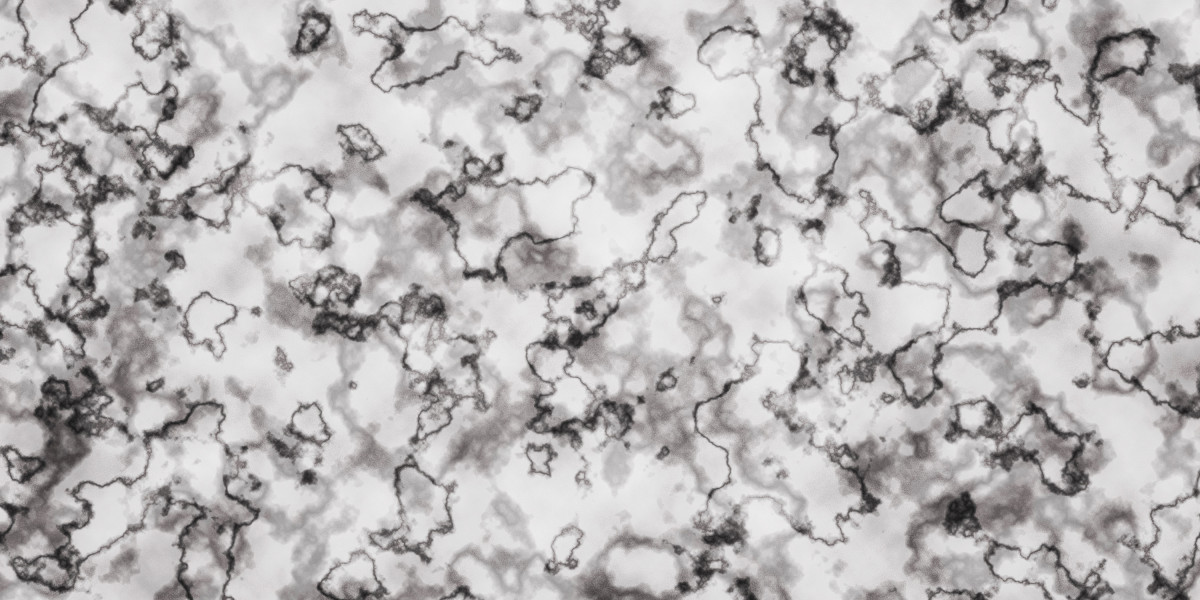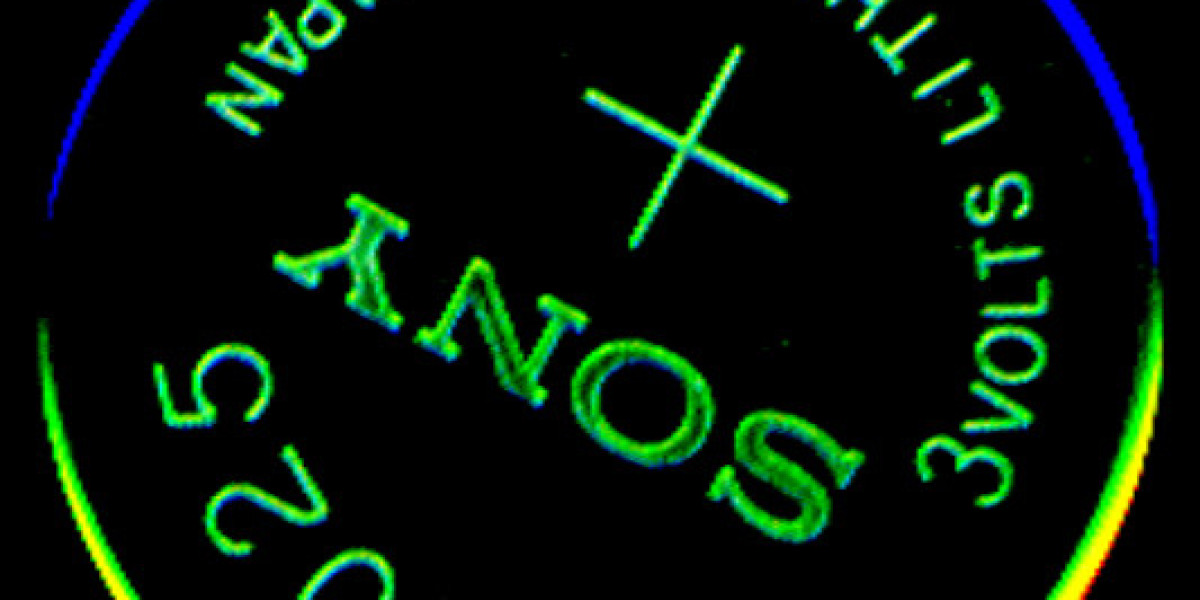Introduction
Erectile dysfunction (ED) is a standard condition that impacts men of all ages, nevertheless it is especially prevalent among these over 40. Whereas numerous physiological components contribute to ED, psychological factors, particularly stress, play a big position. This case study explores the treatment of stress-induced erectile dysfunction in a 35-yr-outdated male affected person, referred to as Mr. A, who sought help as a consequence of persistent difficulties in reaching and maintaining an erection.
Patient Background
Mr. A is a 35-yr-previous male who works as a financial analyst in a high-pressure setting. He has been experiencing erectile dysfunction for the past six months, coinciding with elevated work-related stress and personal life challenges, together with a recent divorce. Mr. A reported feeling anxious and overwhelmed, which he believed contributed to his ED. He had no significant medical historical past, was not on any remedy, and had no recognized chronic illnesses.
Evaluation and Diagnosis
Through the initial consultation, Mr. A underwent a radical evaluation that included a detailed medical history, psychological evaluation, and physical examination. The evaluation revealed no significant physiological causes for his ED, reminiscent of hormonal imbalances or vascular issues. The psychological evaluation indicated high levels of anxiety and stress, particularly associated to work efficiency and personal relationships.
Based on the findings, Mr. A was diagnosed with stress-induced erectile dysfunction. The diagnosis was essential because it guided the treatment strategy, specializing in addressing the underlying psychological elements somewhat than solely treating the signs of ED.
Treatment Plan
The treatment plan for Mr. A comprised a multi-faceted approach that included lifestyle modifications, psychological counseling, and pharmacotherapy.
- Life-style Modifications:
- Psychological Counseling:
- Pharmacotherapy:
Implementation of Treatment
Mr. A began his treatment plan with enthusiasm. He started attending therapy periods weekly and committed to regular exercise, which he discovered helpful in lowering his stress ranges. The therapist guided him by means of numerous CBT techniques, serving to him to reframe his ideas about performance anxiety and stress.
In parallel, Mr. A started taking sildenafil as wanted. He reported that the medicine helped him regain confidence in his potential to attain and maintain an erection, which positively impacted his shallowness and reduced anxiety surrounding sexual efficiency.
Progress and Outcomes
After three months of following the treatment plan, Mr. A reported important improvements. He experienced fewer episodes of erectile dysfunction and felt extra relaxed throughout intimate moments. The mixture of therapy, way of life adjustments, and pharmacotherapy contributed to a marked discount in his anxiety levels.
The therapist famous that Mr. A had developed healthier coping mechanisms for managing stress and had improved communication abilities, which enhanced his relationship together with his associate. The positive outcomes extended past sexual perform; Mr. A reported feeling more fulfilled in his private and skilled life.
Comply with-Up and Maintenance
On the six-month observe-up, Mr. A continued to expertise passable erectile perform with out the necessity for treatment. He had maintained his train routine, practiced mindfulness, and attended therapy classes as wanted. The therapist recommended periodic check-ins to ensure Mr. A remained on monitor and to address any emerging stressors.
Conclusion
This case research highlights the significance of a holistic approach in treating stress-induced erectile dysfunction. By addressing the psychological, life-style, and physiological aspects of the situation, Mr. A was able to beat his challenges and restore his sexual well being. This case illustrates that with applicable interventions, individuals can effectively manage stress-related ED and enhance their general high quality of life.
Future Issues
Additional analysis is needed to explore the lengthy-time period effectiveness of combined treatment approaches for stress-induced erectile dysfunction. Moreover, healthcare suppliers should bear in mind of the psychological components contributing to ED and consider integrated treatment plans that encompass each psychological and bodily health for optimum patient outcomes.








